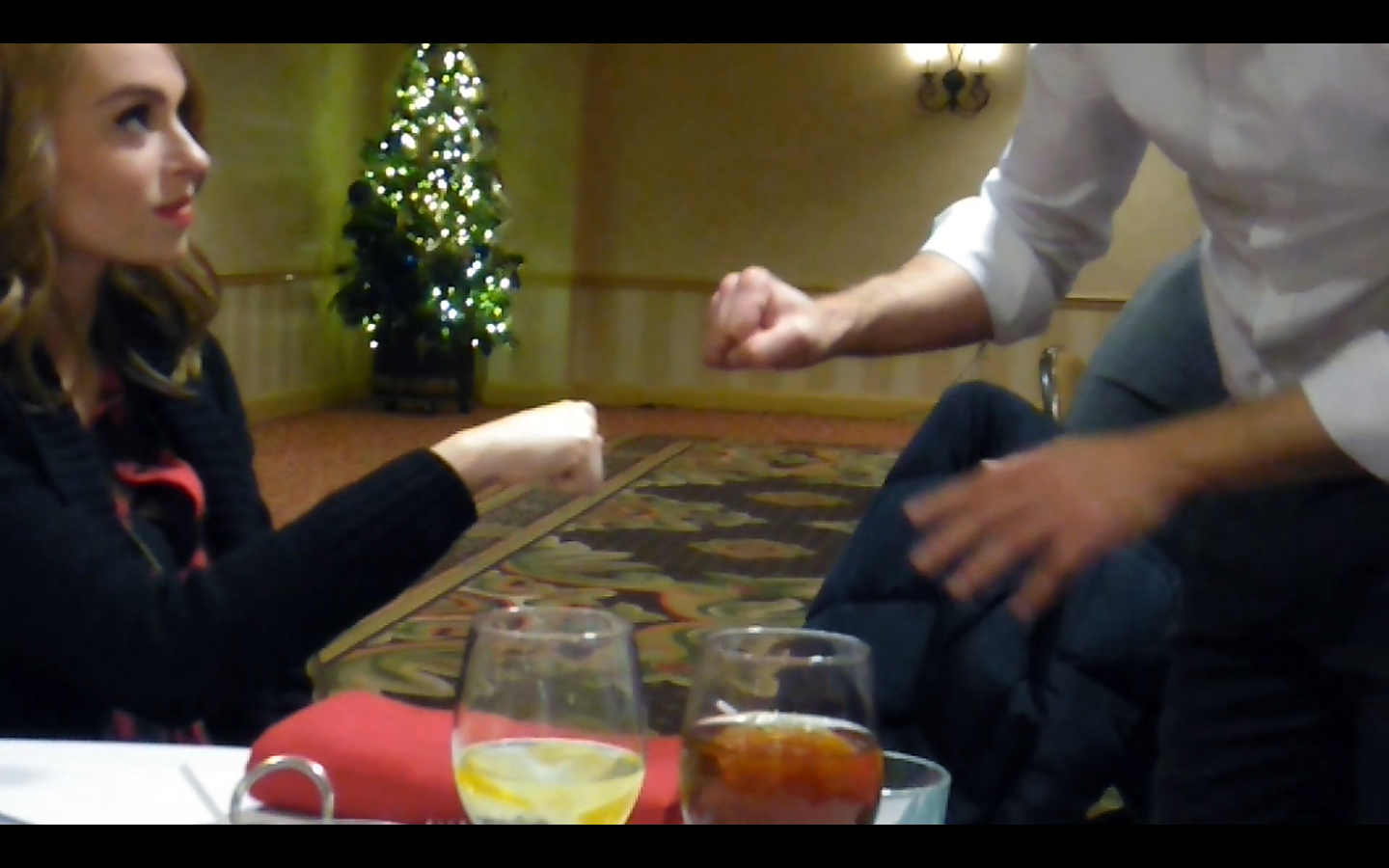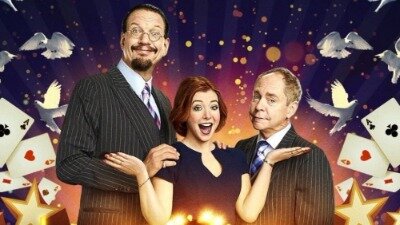The 10-Second Trick For Medium Skin Tone
Action 6: Boost with Overnight Care The very best skin care for dry skin involves utilizing nourishing products throughout the day, however you can likewise treat it over night (medium skin tone). Getting adequate sleep is among the finest things you can do for your skin since this is when it goes through its skin renewal procedure.
Wear sun block plus a hat and sunglasses for an added layer of security. Stay with dubious locations as much as possible, and head outdoors in the early morning or late evening when the sun isn`t at its peak – skin toner. Consume A Lot Of Water It`s likewise valuable to improve your hydration from the inside out.
You may see a minor difference within a few days, however the more constant you are, the more of a change you`ll see. When it concerns looking after your skin, your routine may vary. Some days you might only have time to clean and hydrate, while other days you`ll desire to perform the total program.
We consider ourselves quite the skincare enthusiasts here at Byrdie HQit`s difficult not to be when our desks appear like they could be included in an episode of Hoarders: Skincare Edition (currently in the procedure of pitching that concept to A&E). Nevertheless, we are aware that our predicament is an unique one and that the typical lady is more concerned about what to use on her face instead of where to save her 8th cleanser of the week.
Indicators on Skin Tone Chicken Bone You Need To Know
For some of you, you`ll be spraying some serums therein, tooantioxidants for day and retinol while you sleep. And everyone gets some additional la carte options, due to the fact that indulgent skin care is the best kind, in our modest opinion. We`re wanting to help you take the uncertainty out of your a (skin tones).
Prevent ingredients like, “These [components] are frequently discovered in toners and must be prevented,” Rouleau warns. Attempt Cremorlab Mineral Treatment Essence ($48) for an increase of energizing, lightening up hydration. “When you moisturize, do two applications, one on the face and one on the neck,” Rouleau states. medium skin tone. She adds, “Sun security isn`t simply about the numberit`s about how generously you apply it.” A light moisturizer with an SPF of a minimum of 30 will safeguard your skin from the sun and hydrate without blocking your pores.
“Use one drop of oil over moisturizer every hour you`re flying to avoid dryness and extra oil production, however I wouldn`t recommend using it as part of your everyday regimen,” Rouleau says. Combination Skin The skincare routine for combination skin contains ingredients that treat a vast array of skin concerns. what does toner do for skin.
Sensitive Skin The skincare routine for sensitive skin requires to be nonirritating. “A lot of individuals think of sensitive skin as acne-prone, but I think of it as skin that gets red and irritated easily,” Rouleau states.
Our Best Toner For Dry Skin Statements
Rouleau suggests using a two times a week. Aging Skin Finally, for a skincare routine for older skin, your primary objective is to plump up wrinkles, eliminate dark spots, and lift sagging. Rouleau states that your skin routines will resemble that of those with dry skin, with a few small differences.
The winter months are currently extreme on our skin combine that with the method our lives have changed over the course of the past year, and there are bound to be some problems we weren`t quite expecting. From “maskne” to basic irritation, our skin remains in desperate need of repair.
It`s crucial to remember that your skin requires consistency, Wattenberg says, so you ought to anticipate to see results in about 6 to 8 weeks after revamping your regimen. skin tone palette. The order of application is necessary (skin tones). Constantly use your products from thin to thick. You must use serums (liquids) before lotions and creams.
Skin care routines help your skin function at its finest. neutral skin tone. Regardless of your skin type, your skin care regimen need to include at least 5 products.
Caramel Skin Tone Things To Know Before You Buy
Delta 8 Vape Pen
If you have a hard time with acne, Wattenberg advises a cleanser with salicylic acid, such as this one from Neutrogena. Considering that they are frequently packed with high concentrations of heavy-lifting ingredients, they can get to work by hydrating, restoring and protecting the skin.
This nighttime moisturizer is oil-free and is the last step in the skin care routine. It is created with skin-loving active ingredients such as hyaluronic acid, important ceramides and niacinamide, which help bring back and safeguard the skin`s natural barrier overnight. People with dry skin must select target active ingredients that will help tackle this particular issue, Wattenberg states.
“Skin care is very individual and you need to treat accordingly,” Wattenberg said. Serums should be applied prior to you start hydrating. warm skin tone. Wattenberg suggests this vitamin C serum from La Roche-Posay to help safeguard your skin versus the elements. Ten percent of the formula is pure vitamin C, which helps enhance the look of the skin while likewise improving the appearance of fine lines and wrinkles.
It is very important to keep in mind that your skin requires consistency, Wattenberg says, so you need to anticipate to see results in about 6 to 8 weeks after revamping your regimen. The order of application is essential. Always use your items from thin to thick. You need to use serums (liquids) prior to lotions and creams.
What Does Skin Tones Do?
Skin care regimens assist your skin function at its best. Regardless of your skin type, your skin care routine should include at least 5 products.
If you battle with acne, Wattenberg suggests a cleanser with salicylic acid, such as this one from Neutrogena. The non-comedogenic formula won`t block your pores, however permeates them for a deep clean in order to assist prevent future breakouts. Wattenberg calls serums “the work horse of your routine.” Because they are frequently loaded with high concentrations of heavy-lifting components, they can get to work by hydrating, restoring and securing the skin.
This nighttime moisturizer is oil-free and is the last step in the skin care routine. It is developed with skin-loving components such as hyaluronic acid, essential ceramides and niacinamide, which help restore and secure the skin`s natural barrier over night. People with dry skin need to go with target active ingredients that will assist tackle this particular problem, Wattenberg says.
“Skin care is really personal and you need to treat appropriately,” Wattenberg said. Serums should be applied before you begin moisturizing. Wattenberg recommends this vitamin C serum from La Roche-Posay to help protect your skin versus the elements. Ten percent of the formula is pure vitamin C, which assists boost the look of the skin while likewise enhancing the look of fine lines and wrinkles.
4 Easy Facts About Skin Tone Chicken Bone Explained
How to Fix Congested Skin
It`s essential to keep in mind that your skin needs consistency, Wattenberg states, so you should anticipate to see outcomes in about six to eight weeks after revamping your program. Constantly apply your products from thin to thick.
Vitamin C Serum
Skin care routines help your skin function at its best – what does toner do for your skin. Regardless of your skin type, your skin care routine ought to include at least 5 items.
If you struggle with acne, Wattenberg recommends a cleanser with salicylic acid, such as this one from Neutrogena. Considering that they are often packed with high concentrations of heavy-lifting components, they can get to work by hydrating, restoring and securing the skin.
This nighttime moisturizer is oil-free and is the last action in the skin care routine. It is created with skin-loving ingredients such as hyaluronic acid, important ceramides and niacinamide, which help restore and secure the skin`s natural barrier overnight. Individuals with dry skin need to go with target active ingredients that will assist tackle this particular problem, Wattenberg states.
Get This Report on Skin Tone Names
“Skin care is very personal and you need to treat accordingly,” Wattenberg stated. Wattenberg advises this vitamin C serum from La Roche-Posay to help secure your skin against the elements.






